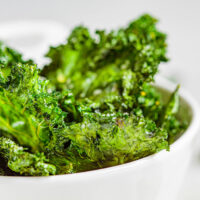
Foods that help manage ulcerative colitis symptoms
Ulcerative colitis is a type of inflammatory bowel disease (IBD) that affects the innermost lining of the large intestine, which is also called the colon or the rectum. The condition leads to inflammation and ulcers or sores in the digestive tract and needs specific management and care. Food and nutrition play a vital part in managing this disease, and this article specifically talks about the foods you should eat to manage ulcerative colitis better. Refined grains Go for white rice and refined white flour when your symptoms become persistent. White bread, pasta, oatmeal, rice, and gluten-free bread like sourdough can help ease the discomfort as these foods have more carbs and are low in fiber. The low fiber content does not irritate the gut lining and makes digestion easy. Avoid whole grains like brown rice, wild rice, rice pilaf, and lentils. Low-fiber fruits It includes food items like bananas, cantaloupes, very ripe apricots, honeydew melon, watermelon, nectarines, plums, peaches, and papaya. Fruits with low fiber are helpful because they do not stimulate the digestive tract, which leads to symptoms like diarrhea or inflammation. Avoid canned or raw pineapple, fresh figs, berries, prunes or prune juice, fruit seeds, and all dried fruits.
Read More. 














